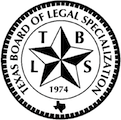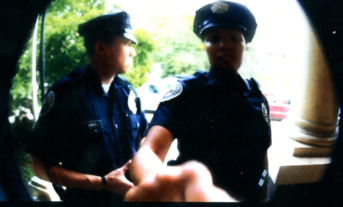In the United States, a Terry stop is a brief detention of a person by police on reasonable suspicion of involvement in criminal activity but short of probable cause to arrest.
The name derives from Terry v. Ohio, 392 U.S. 1 (1968), in which the Supreme Court of the United States held that police may briefly detain a person whom they reasonably suspect is involved in criminal activity;[4] the Court also held that police may do a limited search of the suspect’s outer garments for weapons if they have a reasonable and articulable suspicion that the person detained may be “armed and dangerous.”
To have reasonable suspicion that would justify a stop, police must be able to point to “specific and articulable facts” that would indicate to a reasonable police officer that the person stopped is or is about to be engaged in criminal activity, as opposed to past conduct. Reasonable suspicion depends on the “totality of the circumstances,”[9] and it can result from a combination of facts, each of which by itself innocuous.
The search of the suspect’s outer garments, also known as a patdown, must be limited to what is necessary to discover weapons. However, pursuant to the plain feel doctrine,[1] police may seize contraband discovered in the course of a frisk, but only if the contraband’s identity is immediately apparent.
In some jurisdictions, persons detained under the doctrine of Terry must identify themselves to police upon request. In Hiibel v. Sixth Judicial District Court of Nevada, 542 U.S. 177 (2004), the Court held that a Nevada statute requiring such identification violated neither the Fourth Amendment’s prohibition against unreasonable searches and seizure nor, in the circumstances of that case, the Fifth Amendment’s privilege against self-incrimination.






















